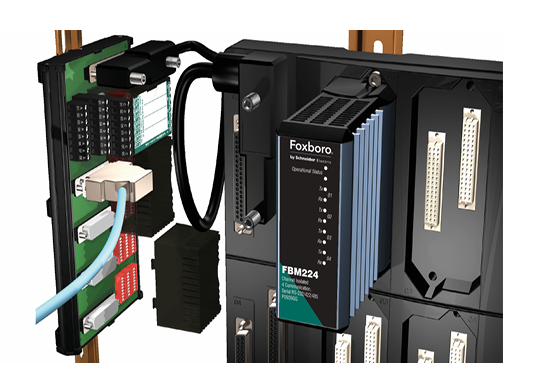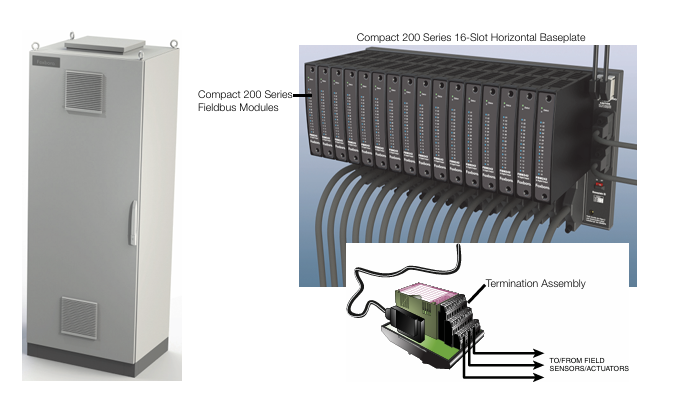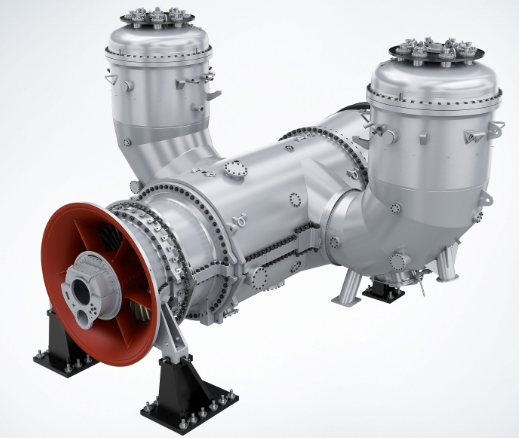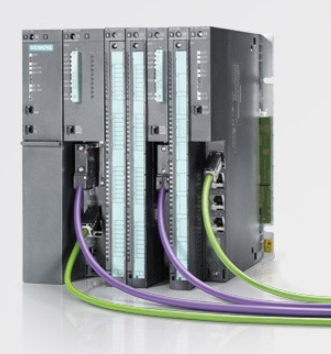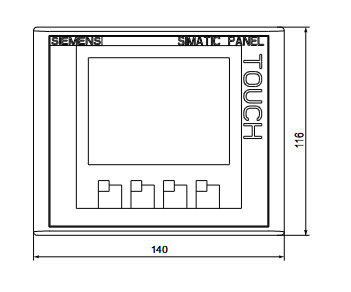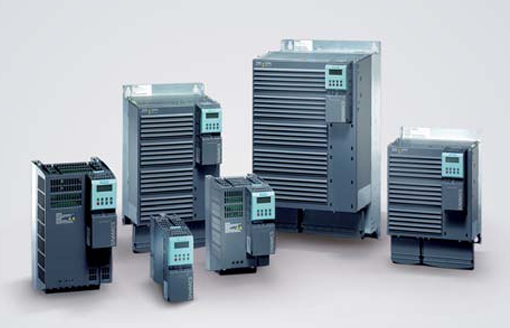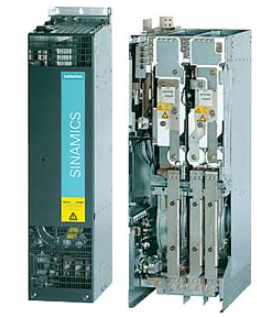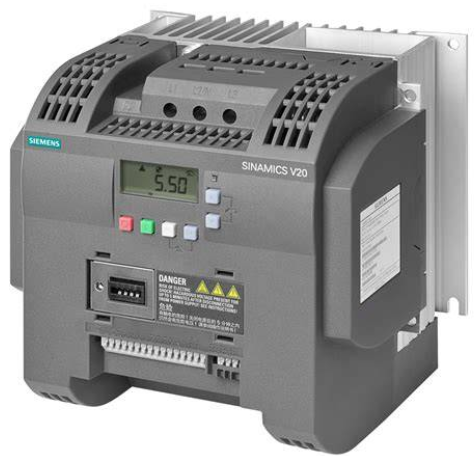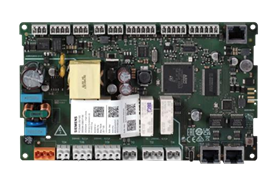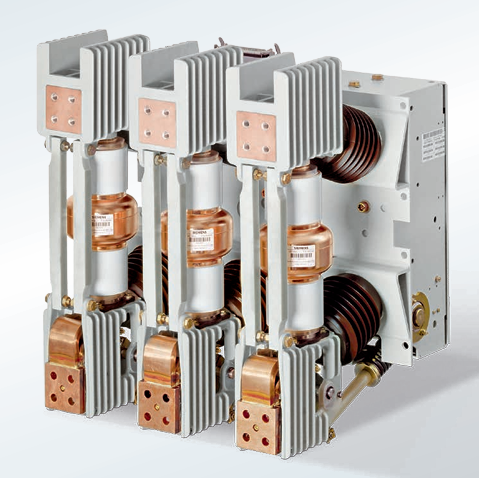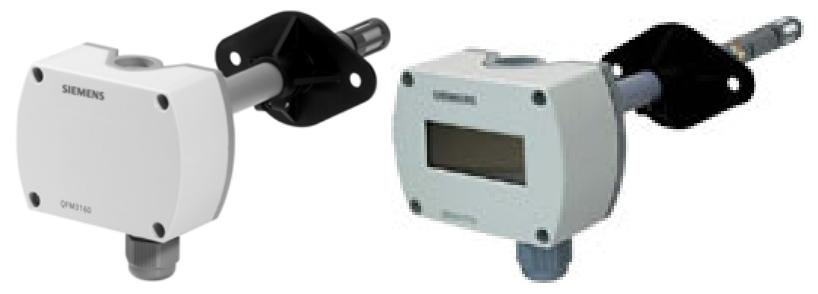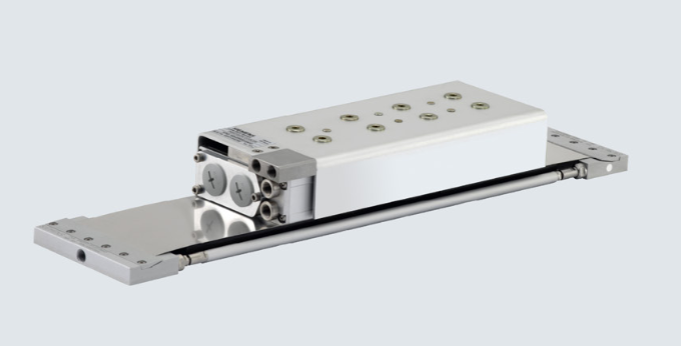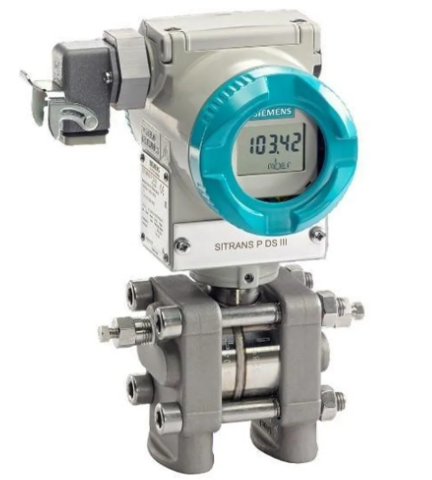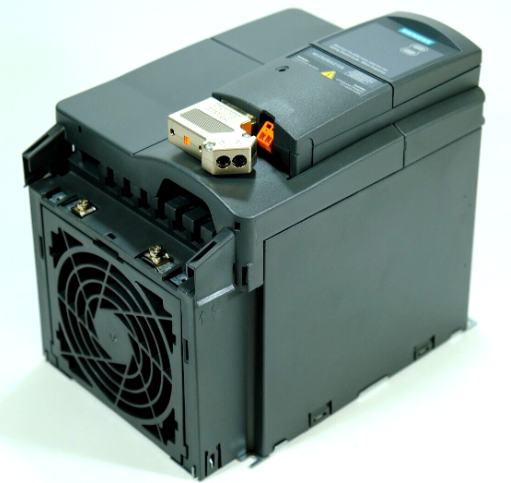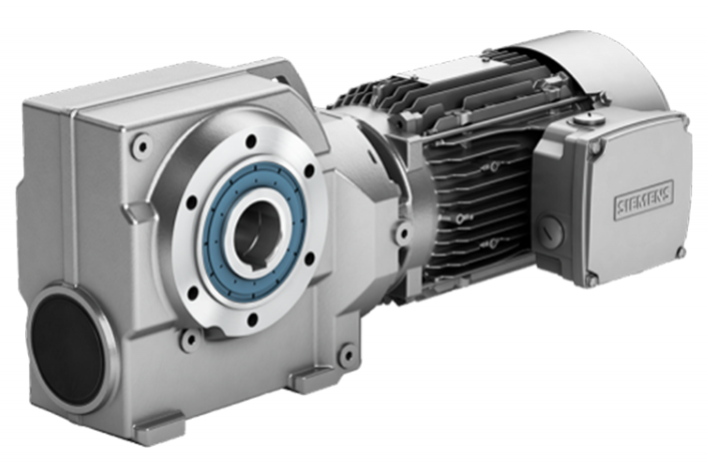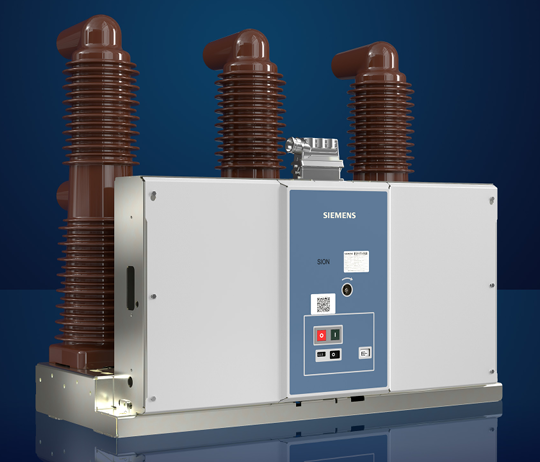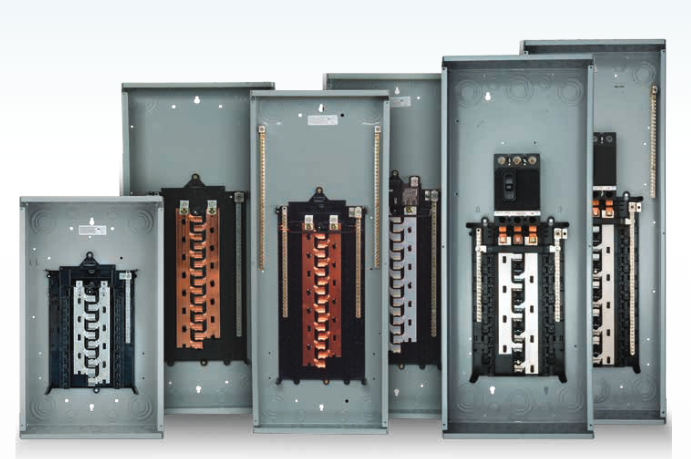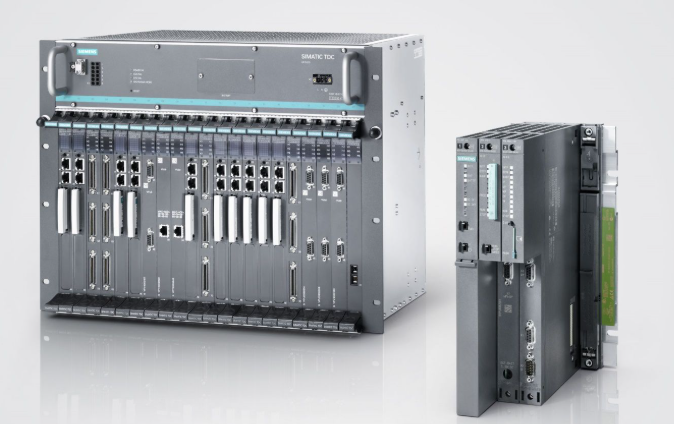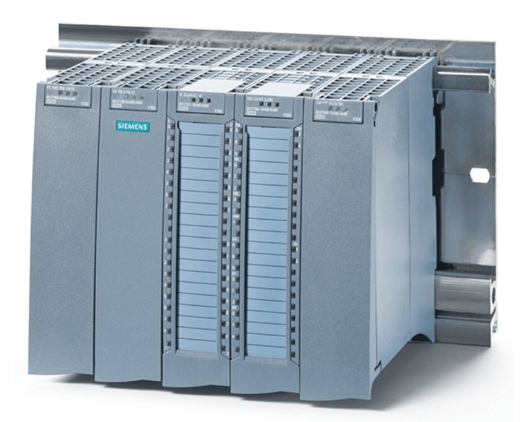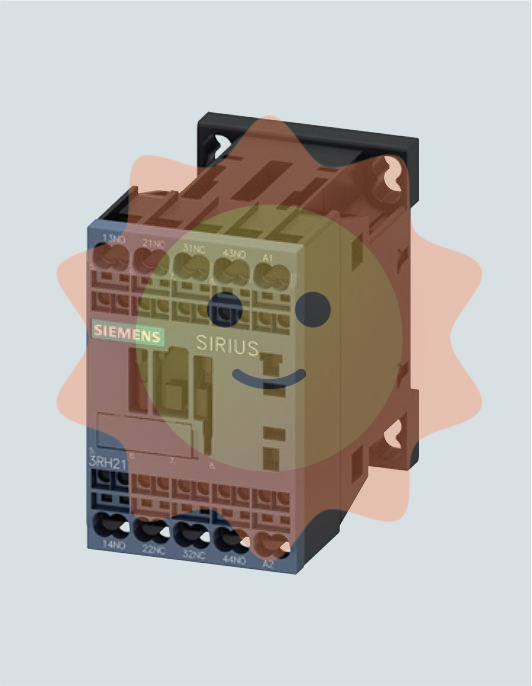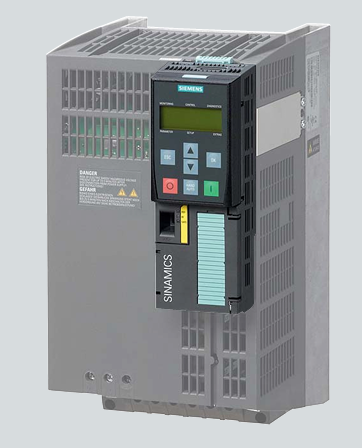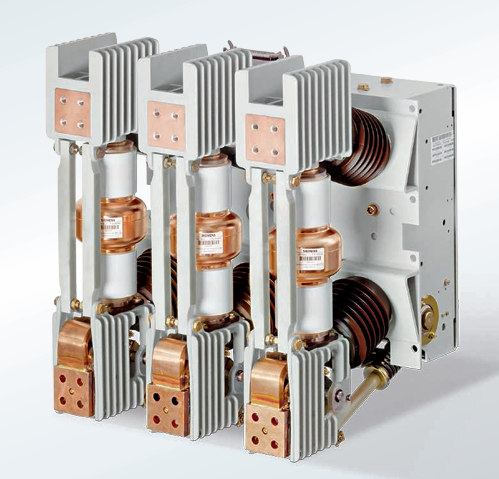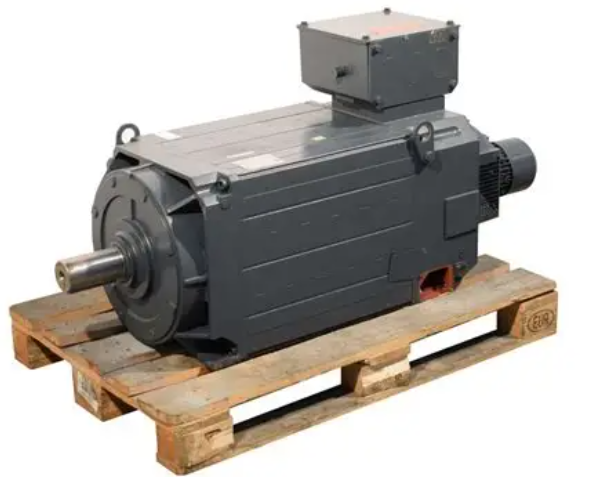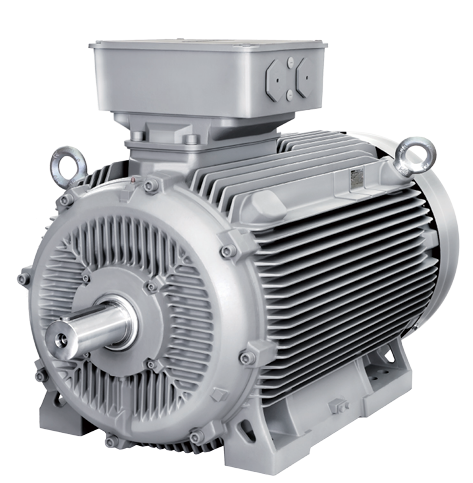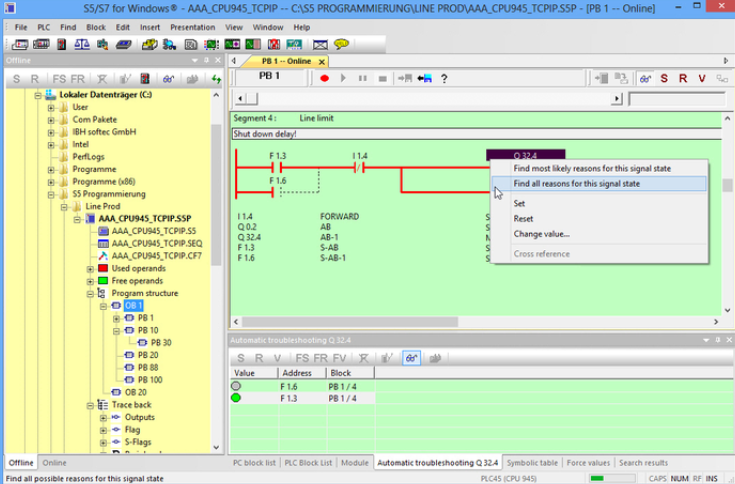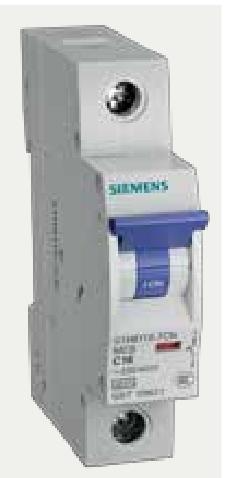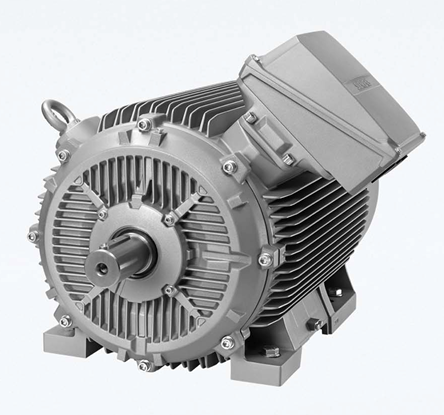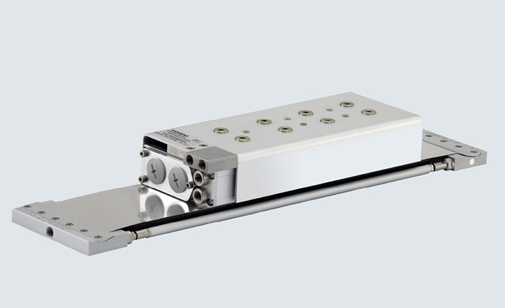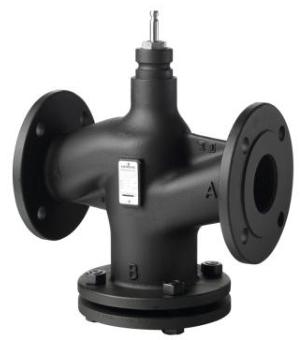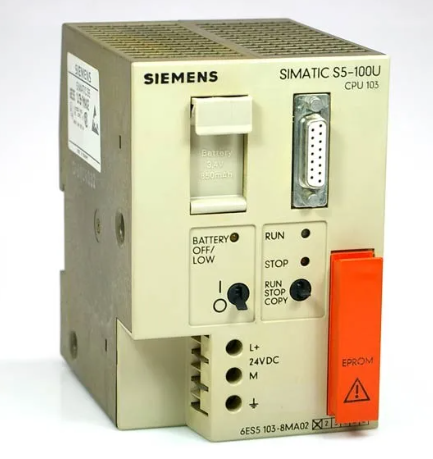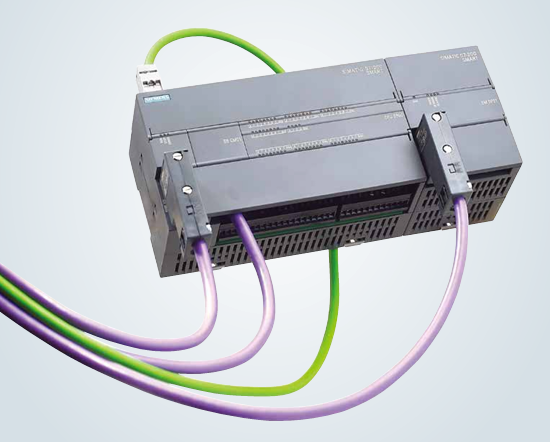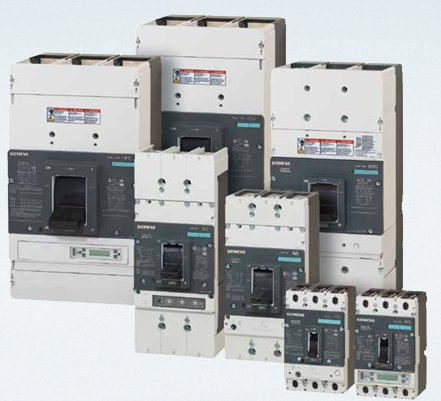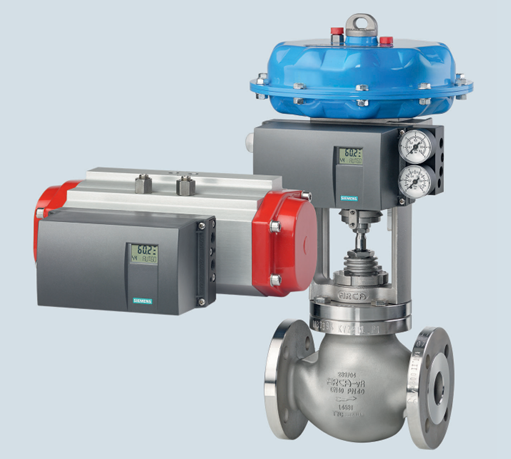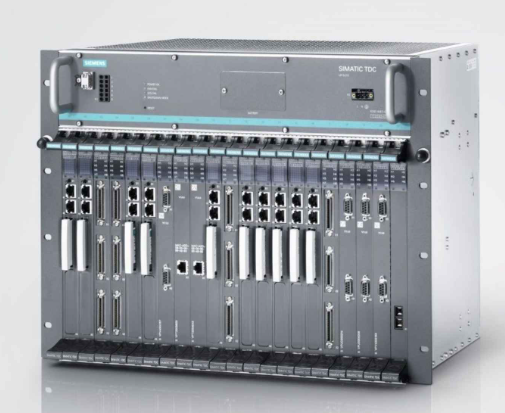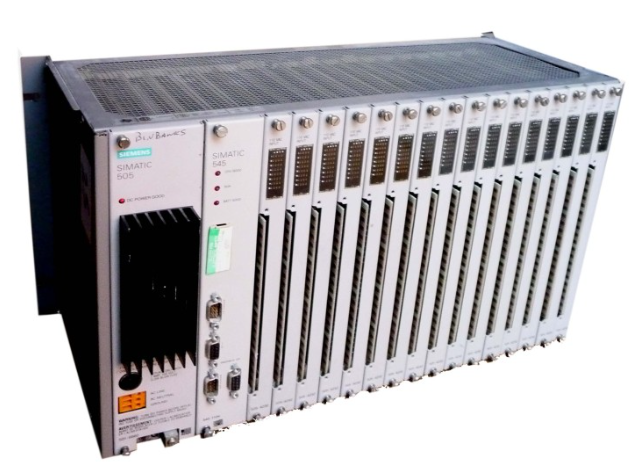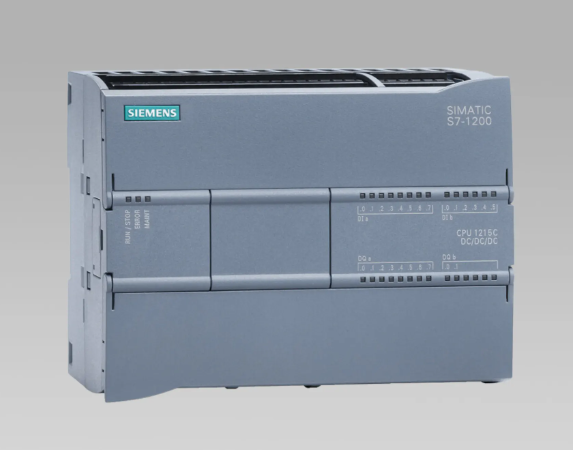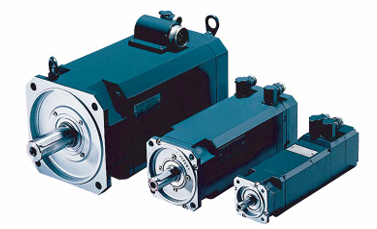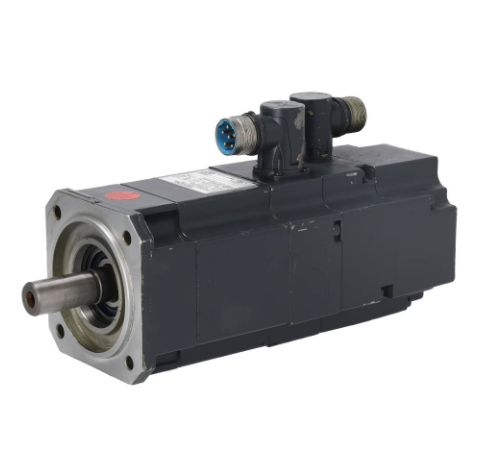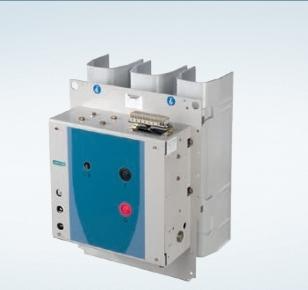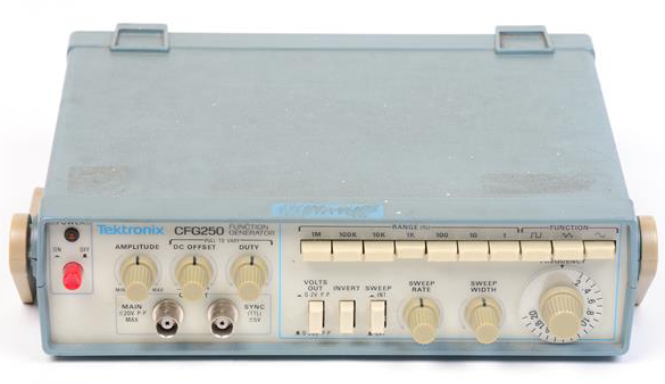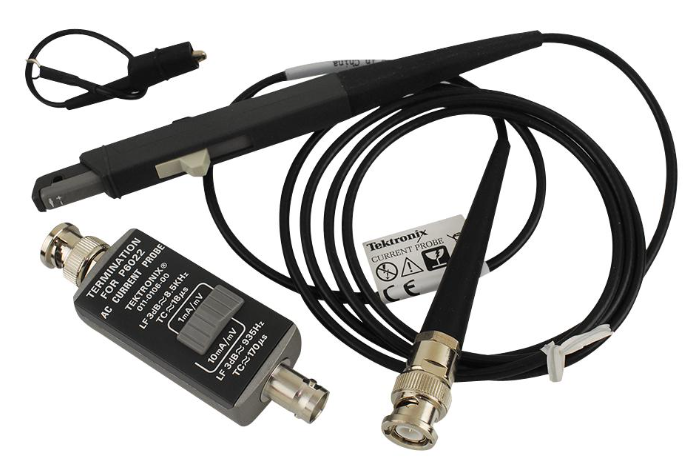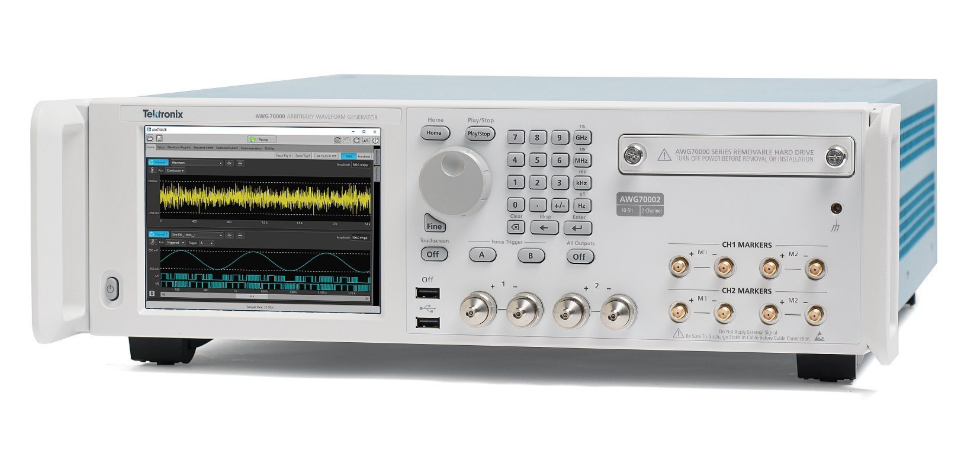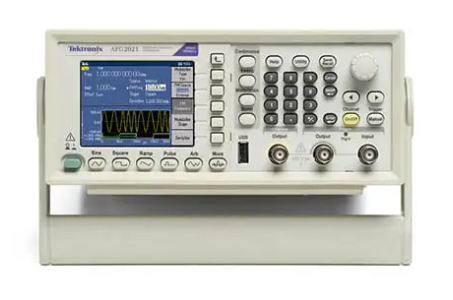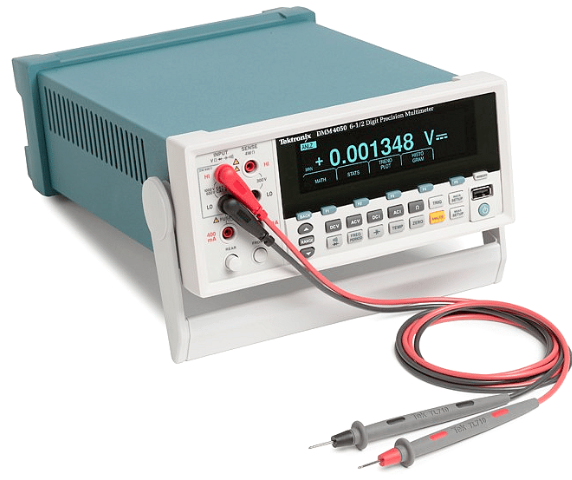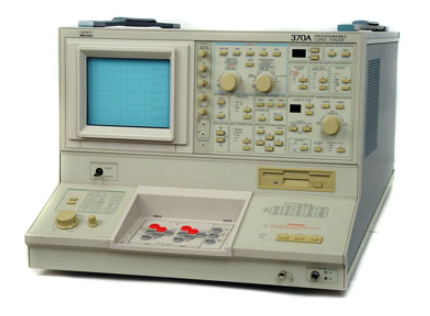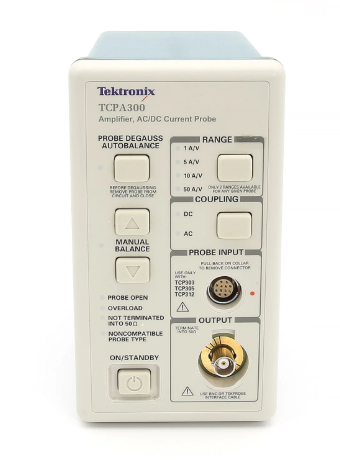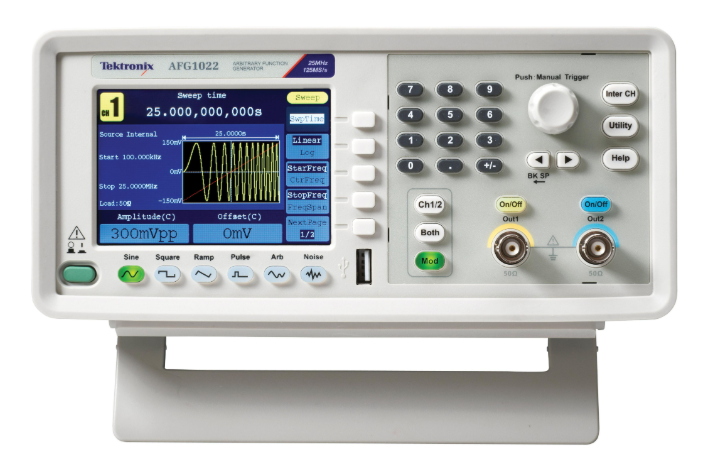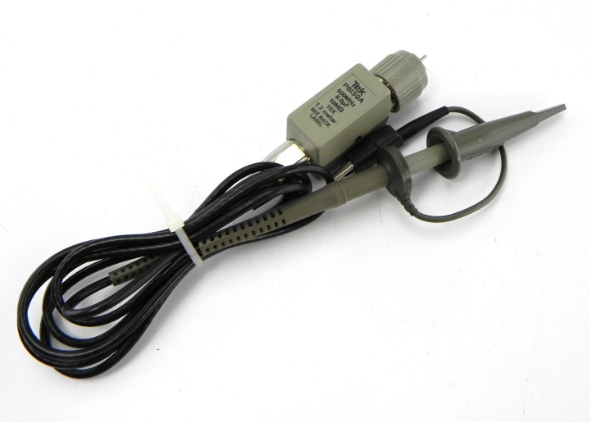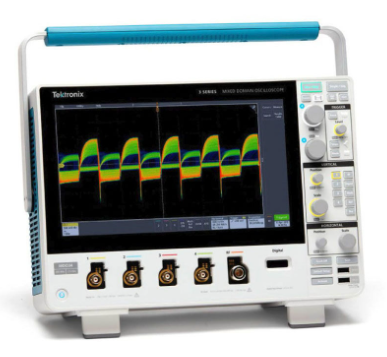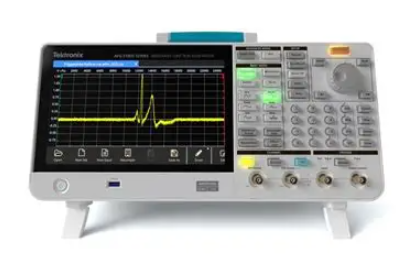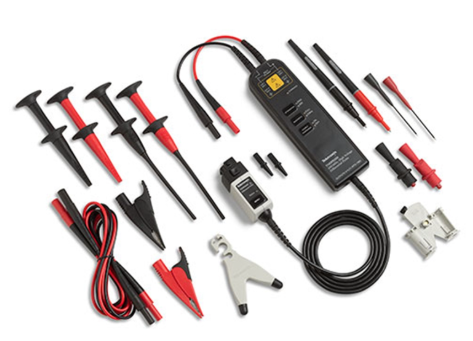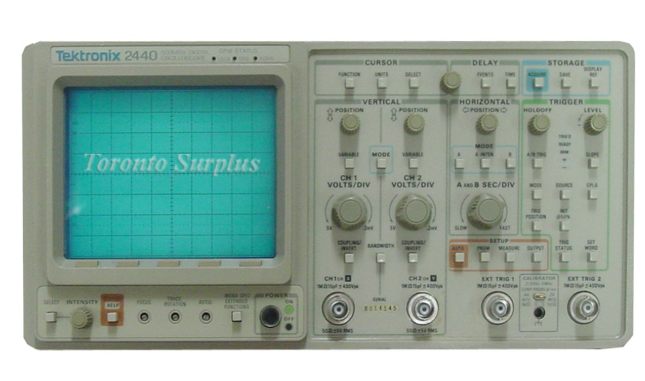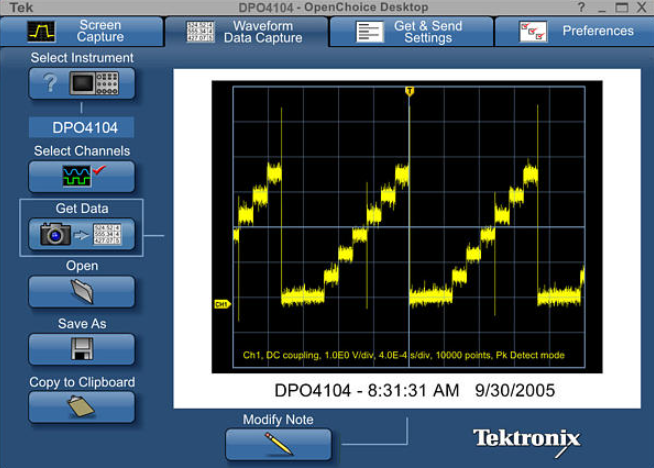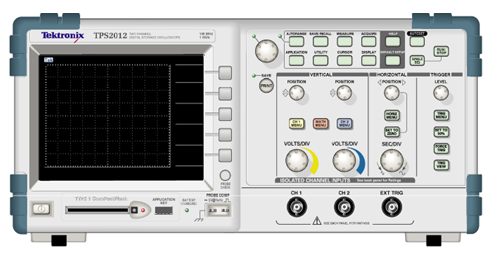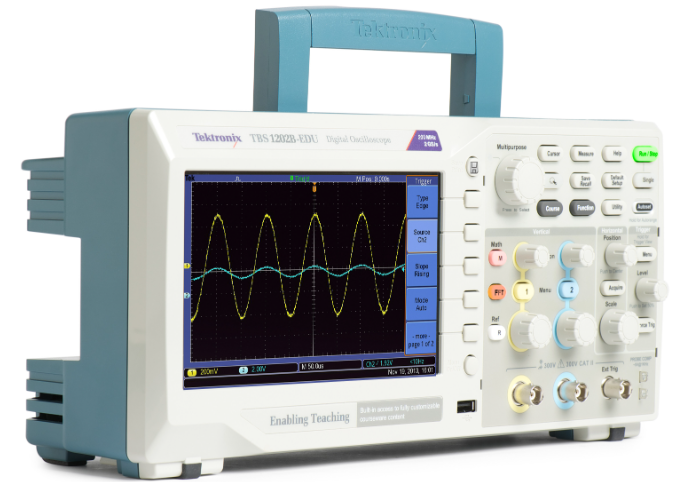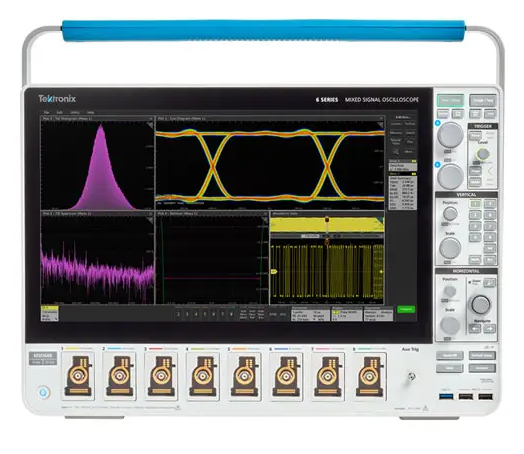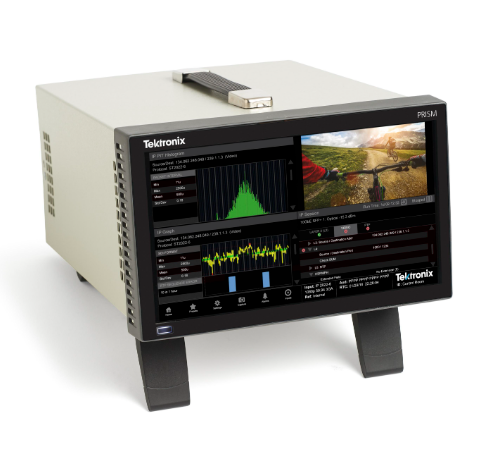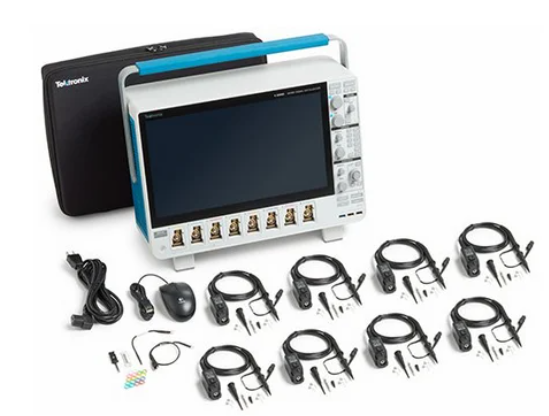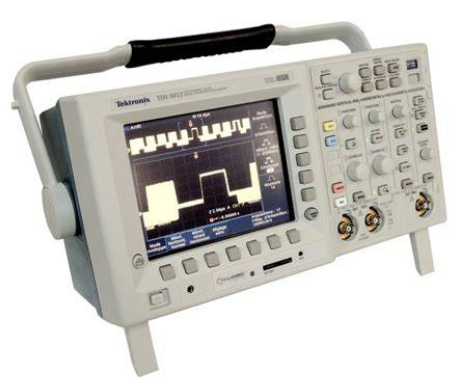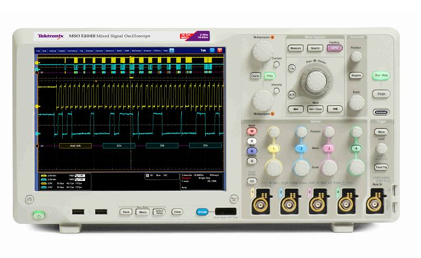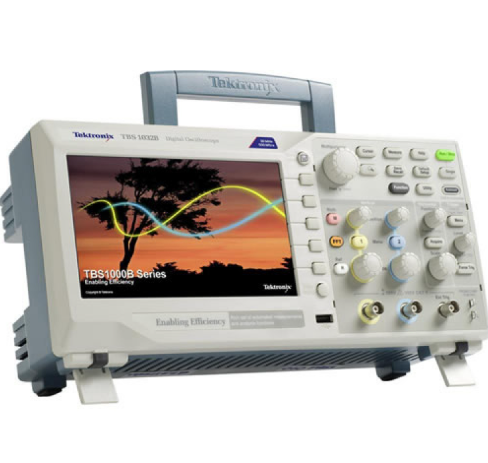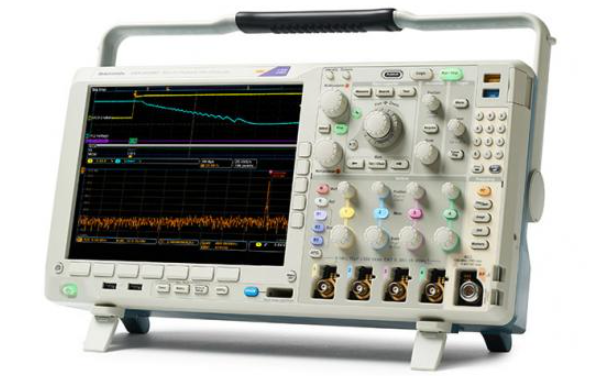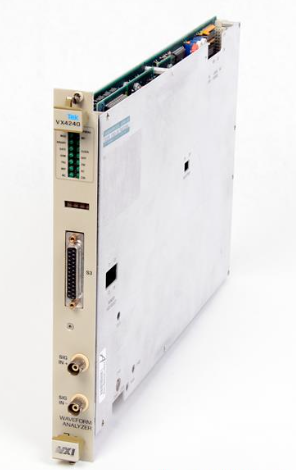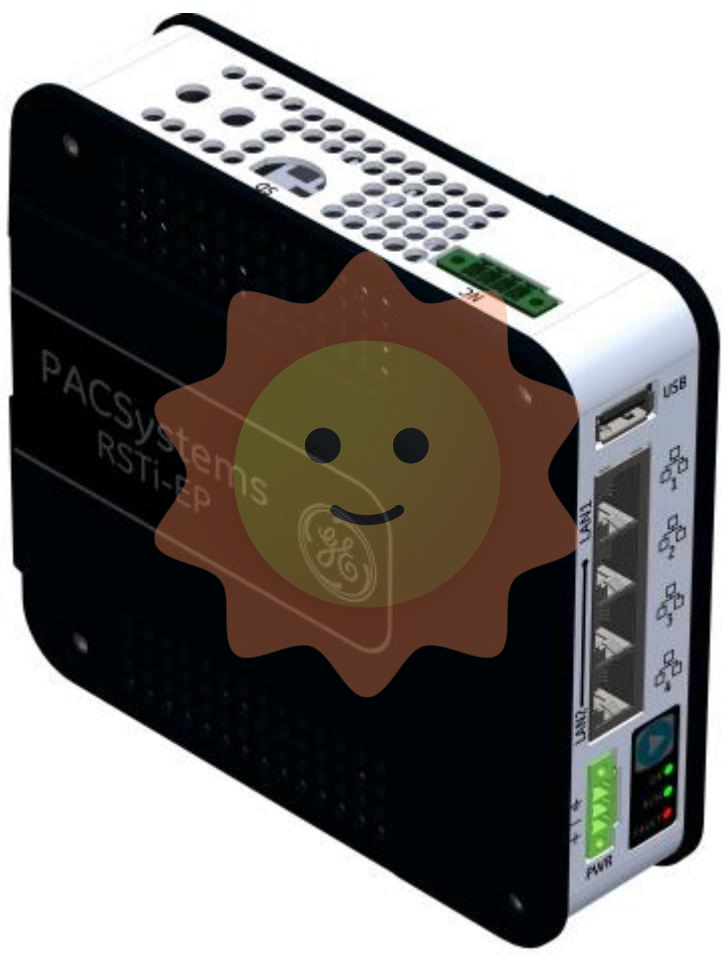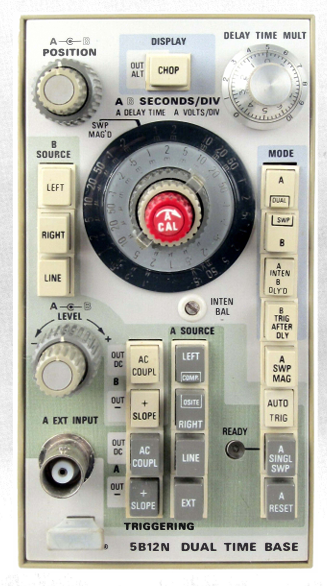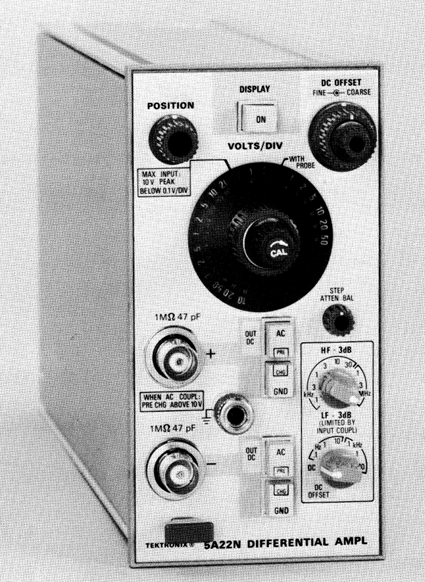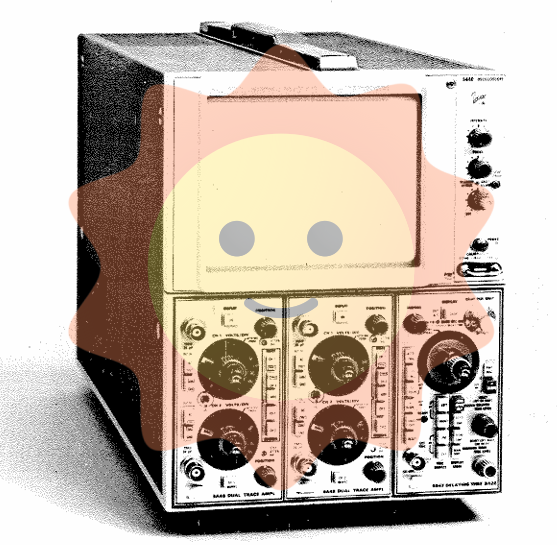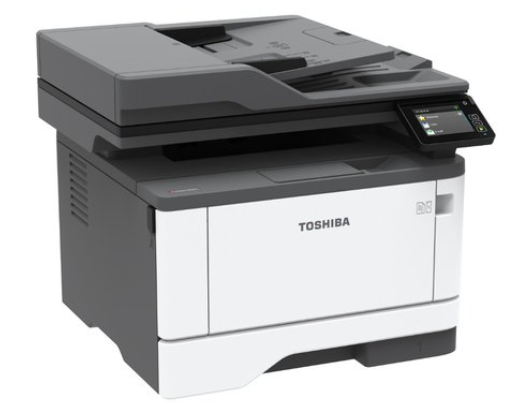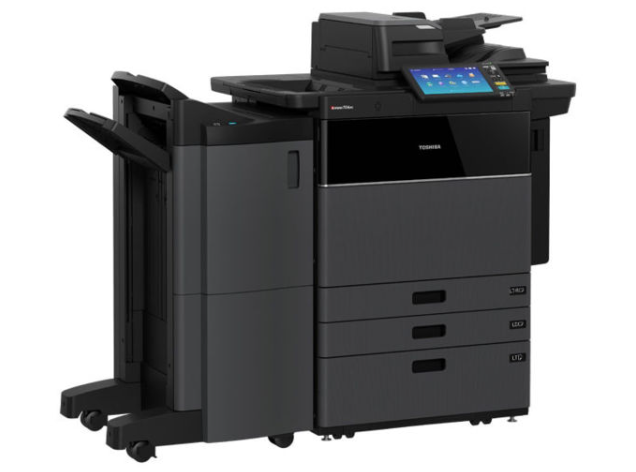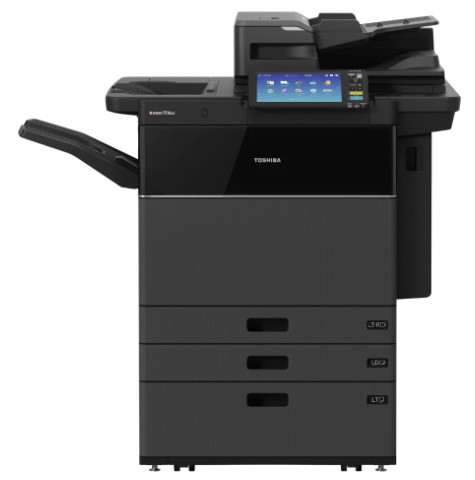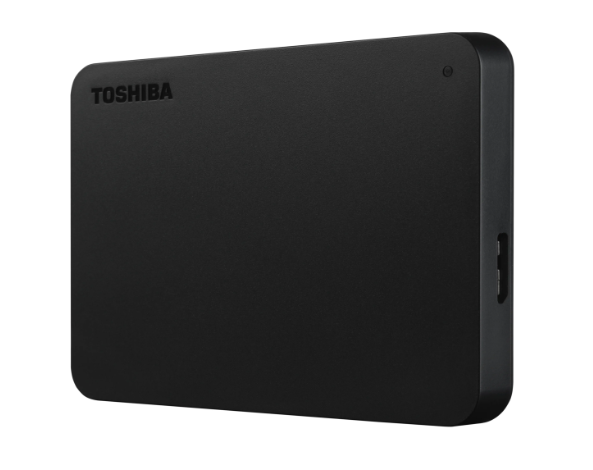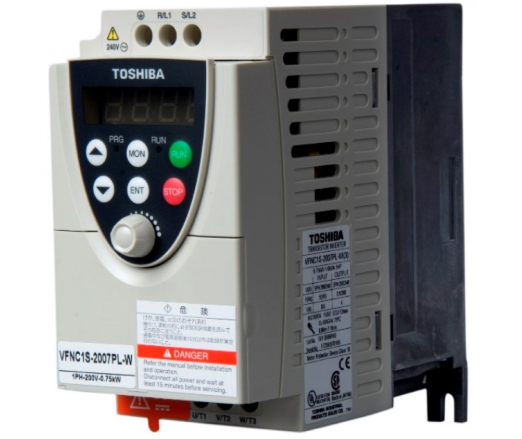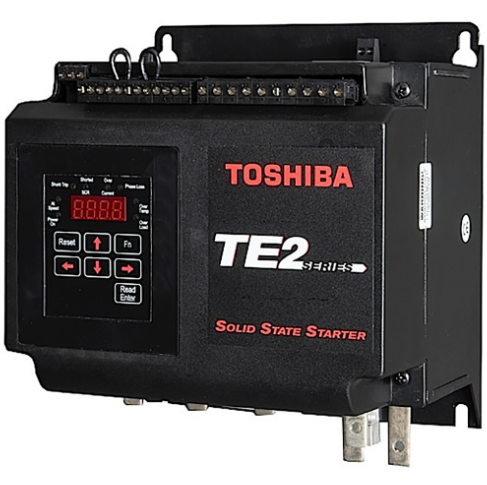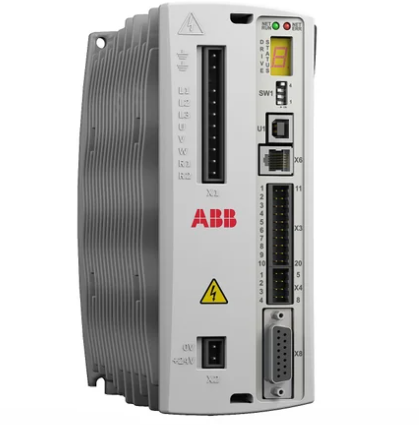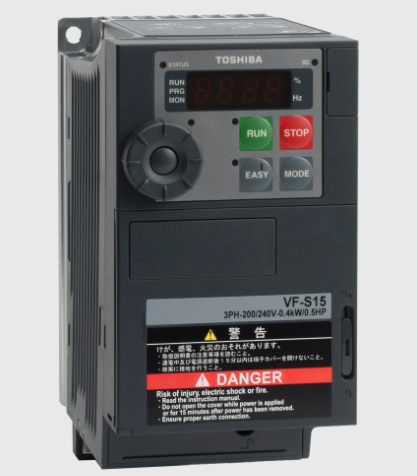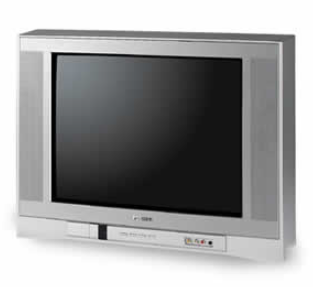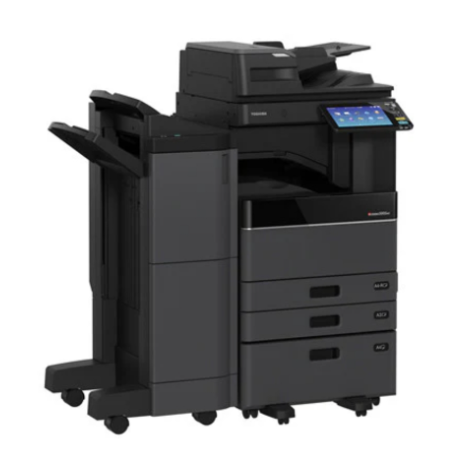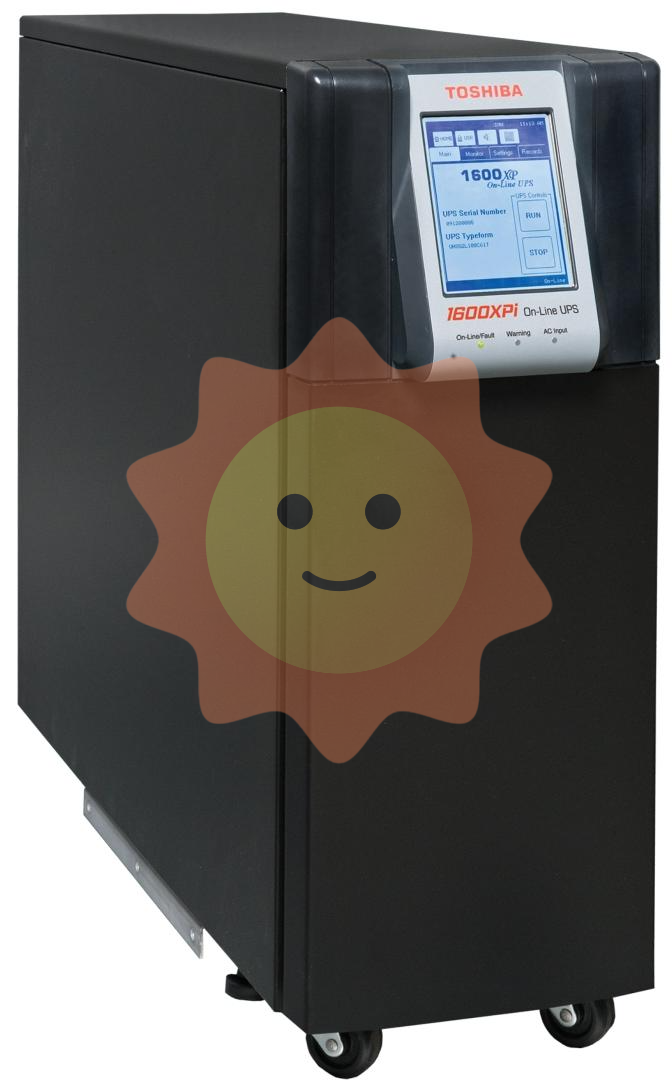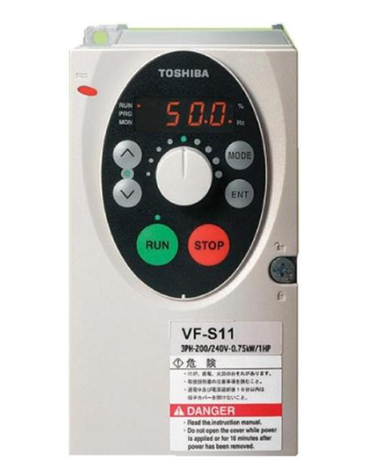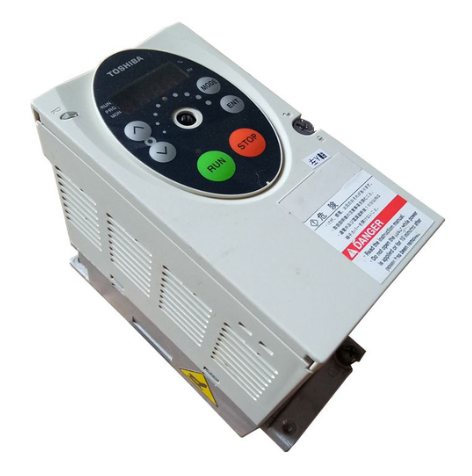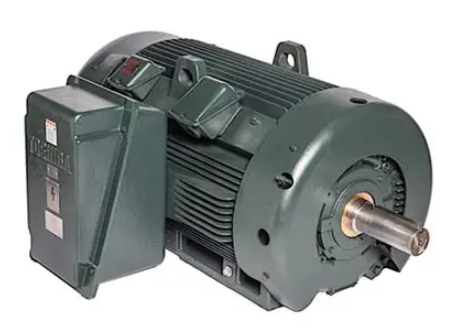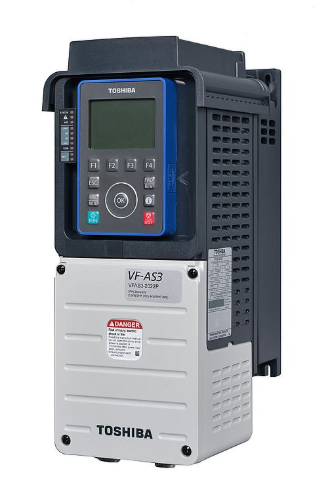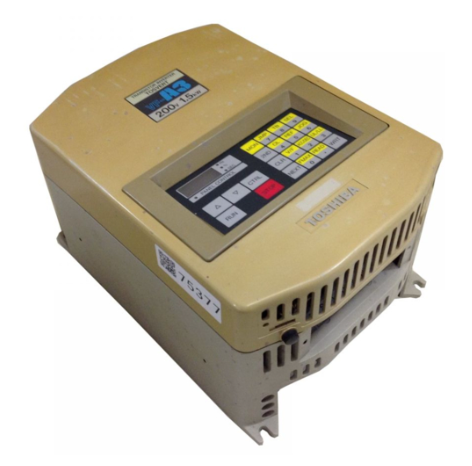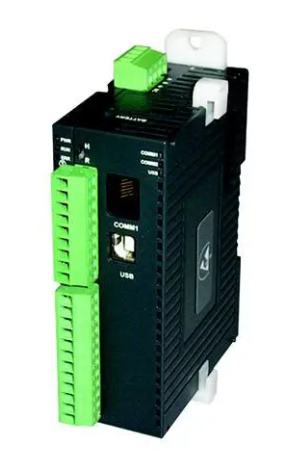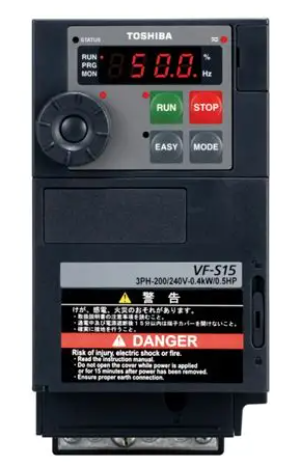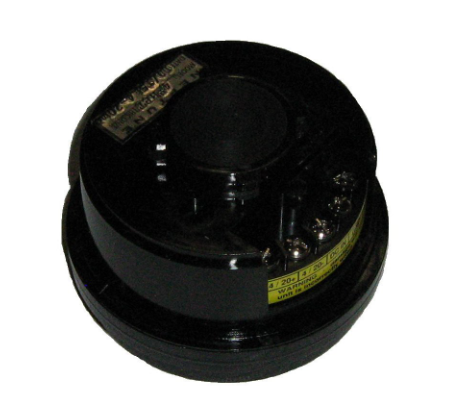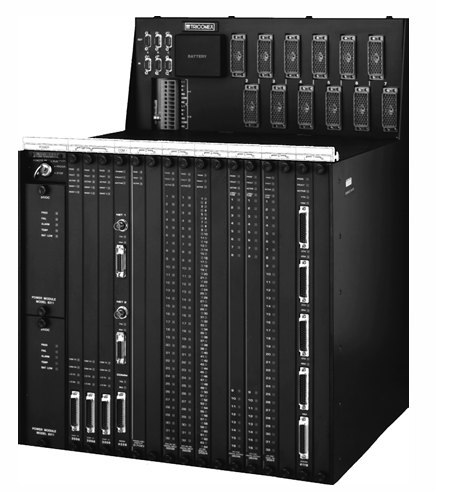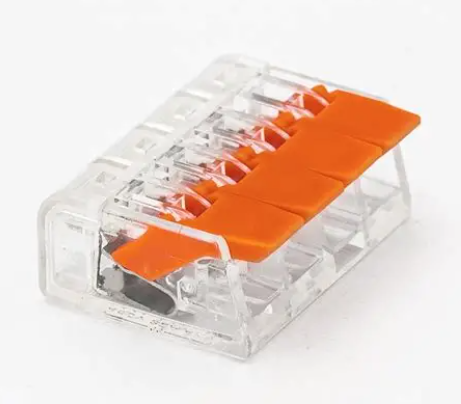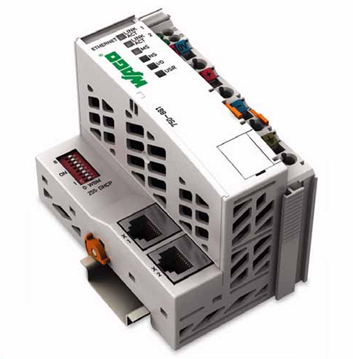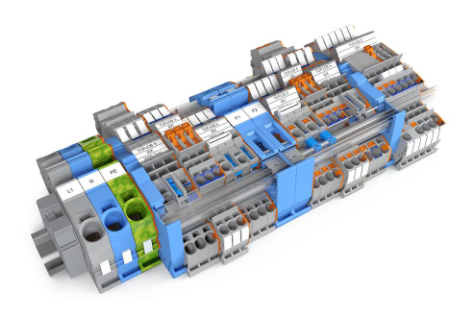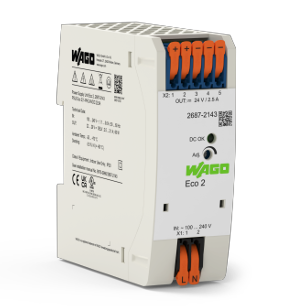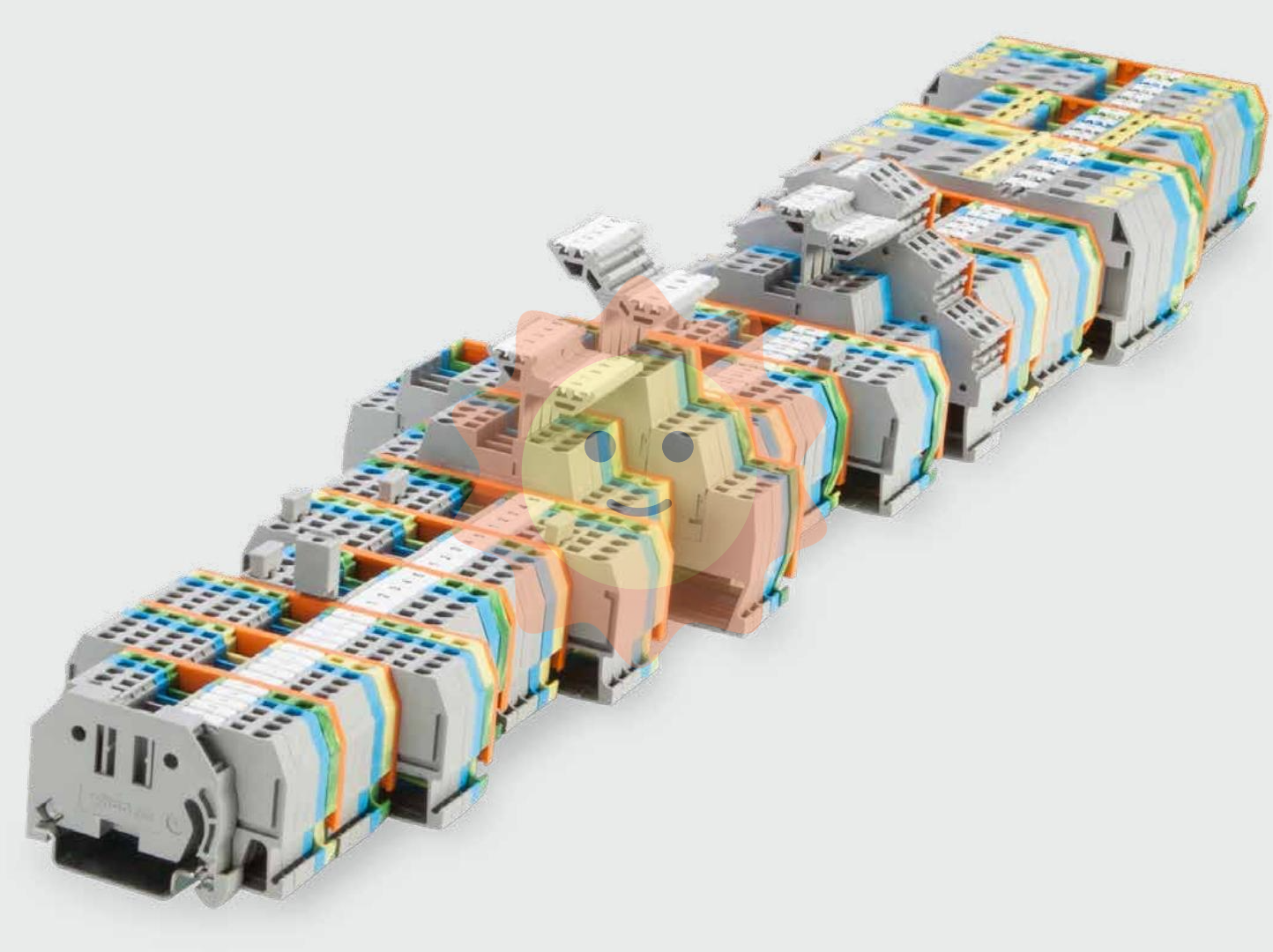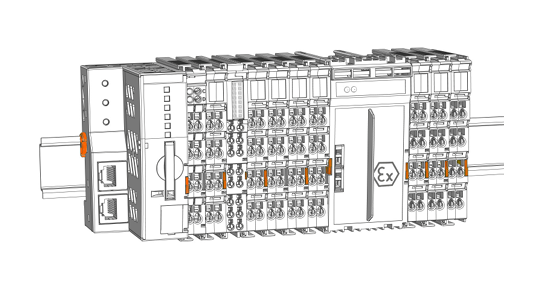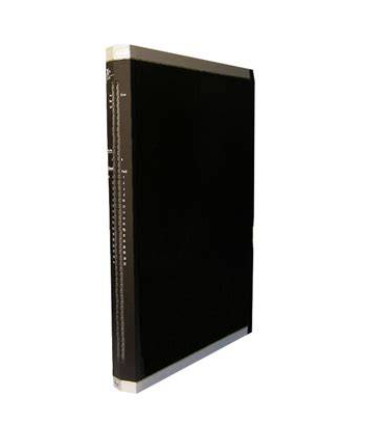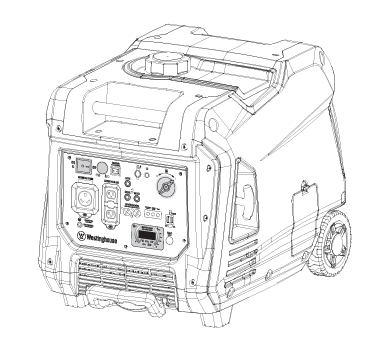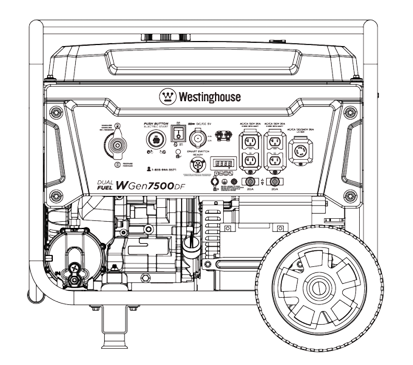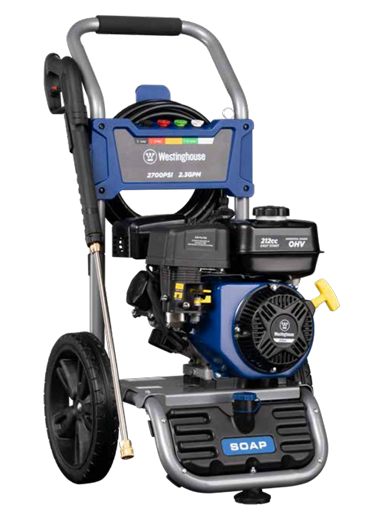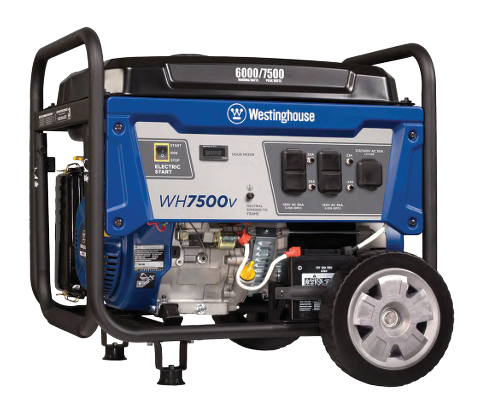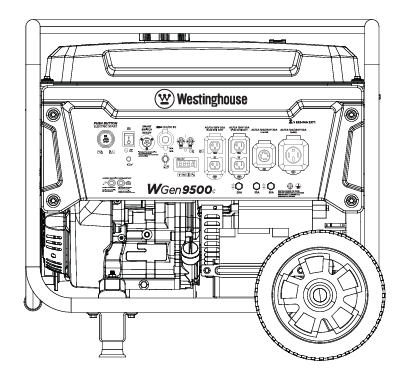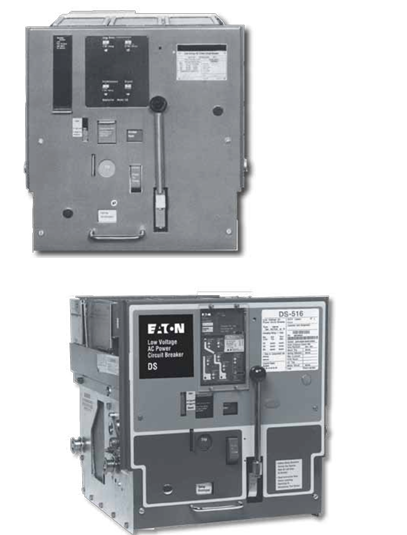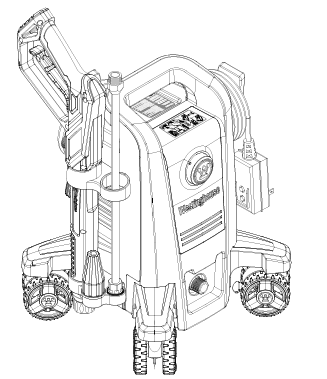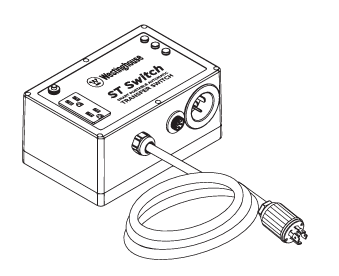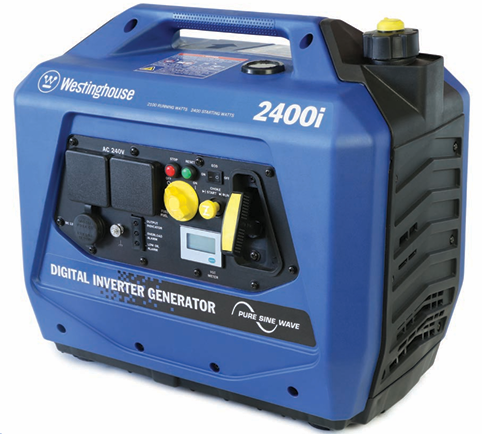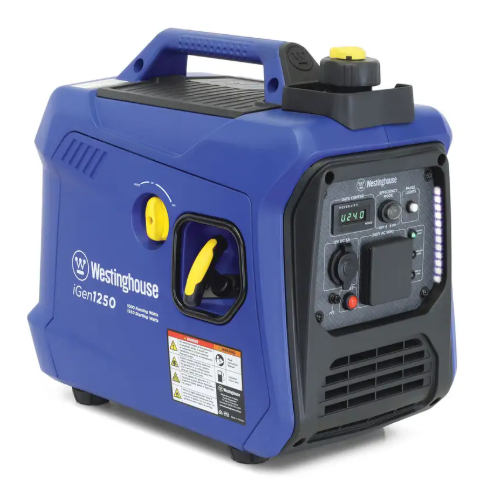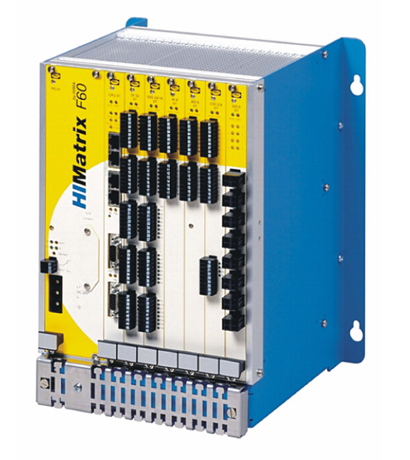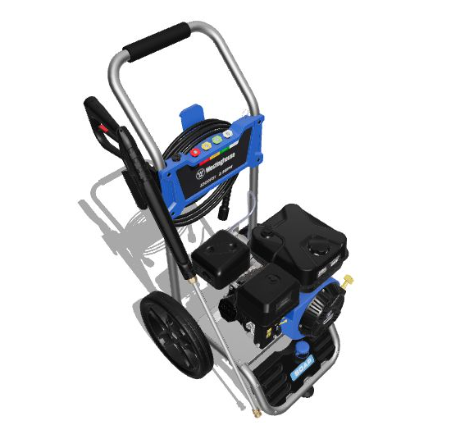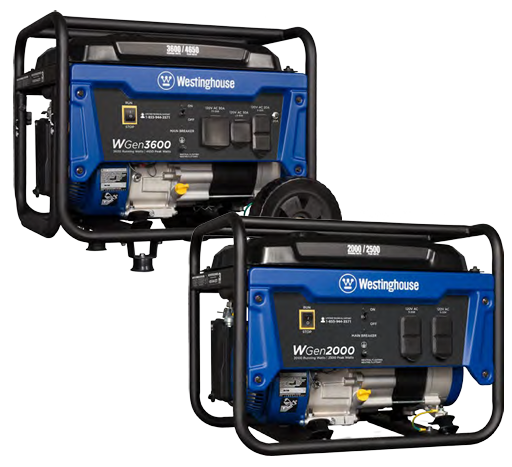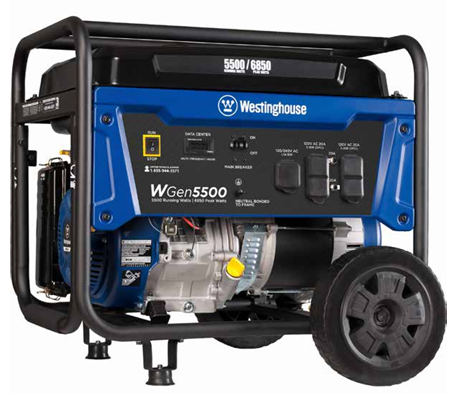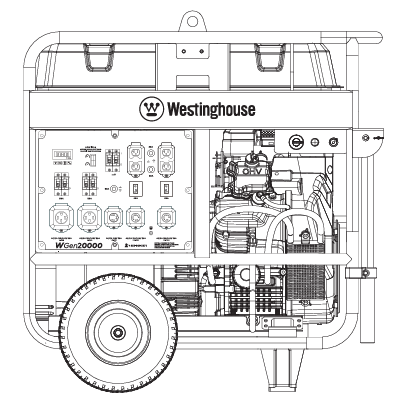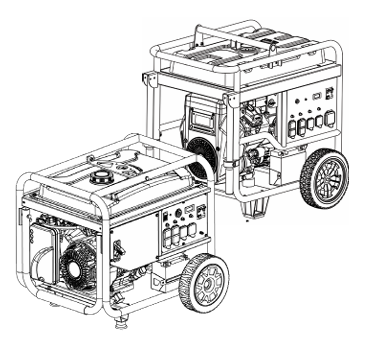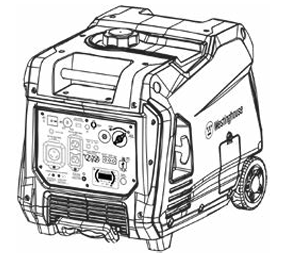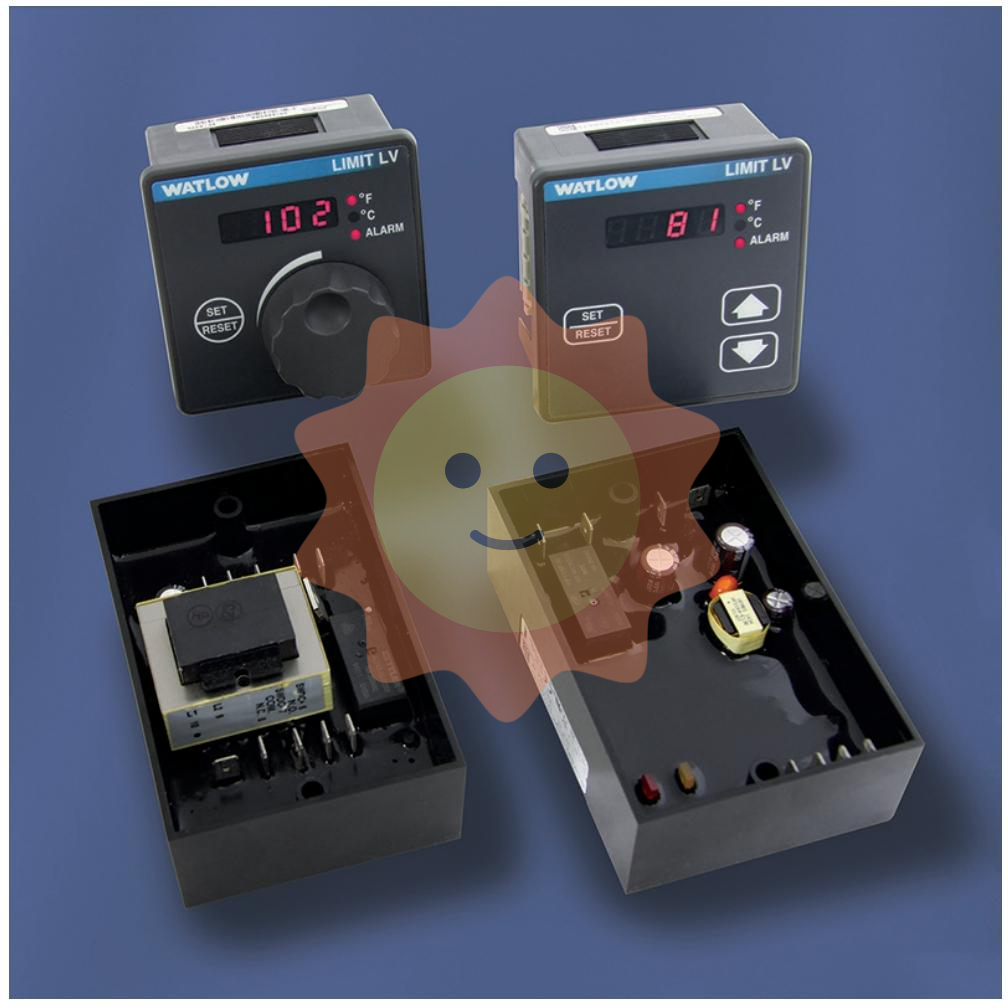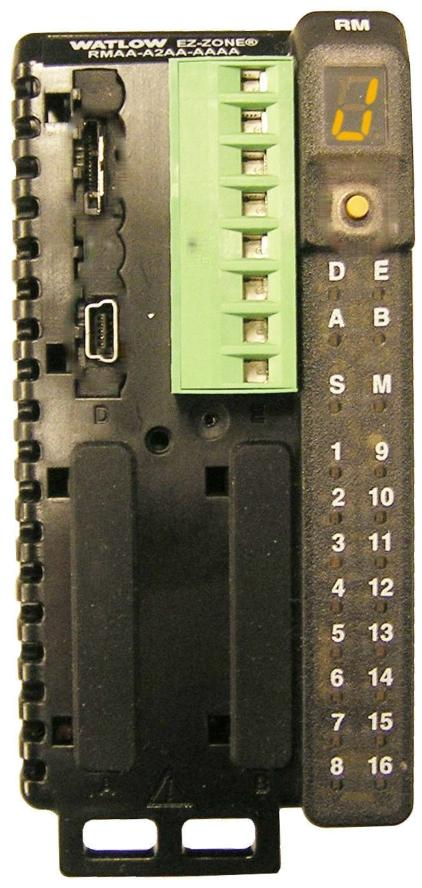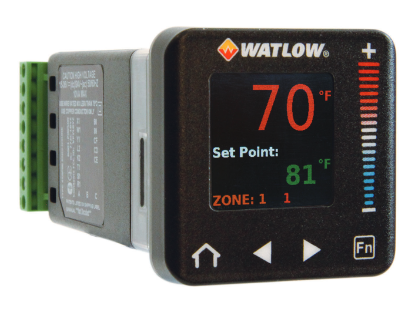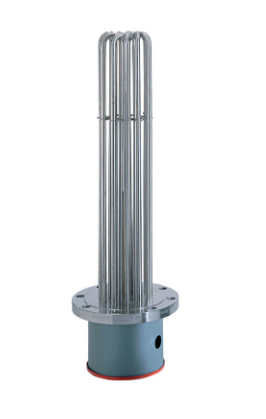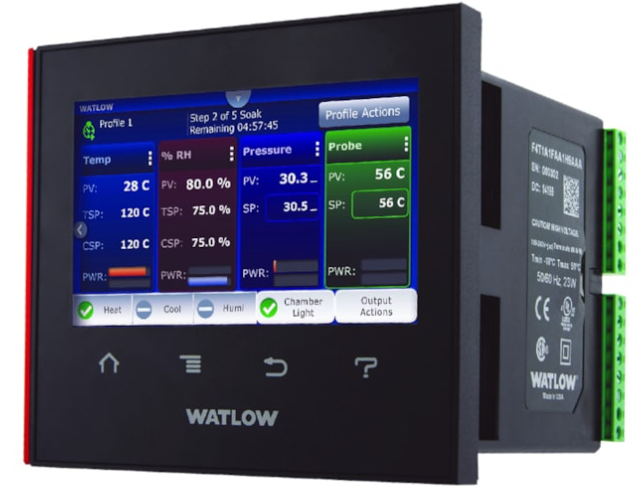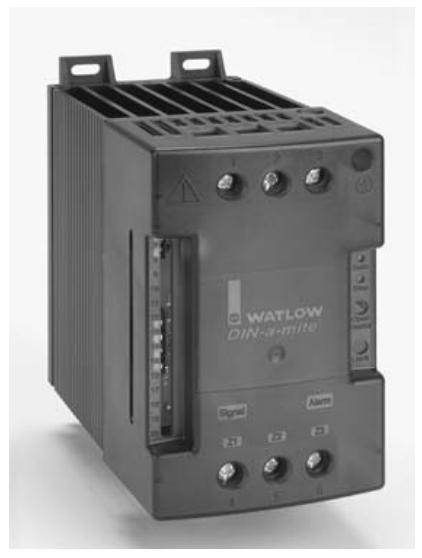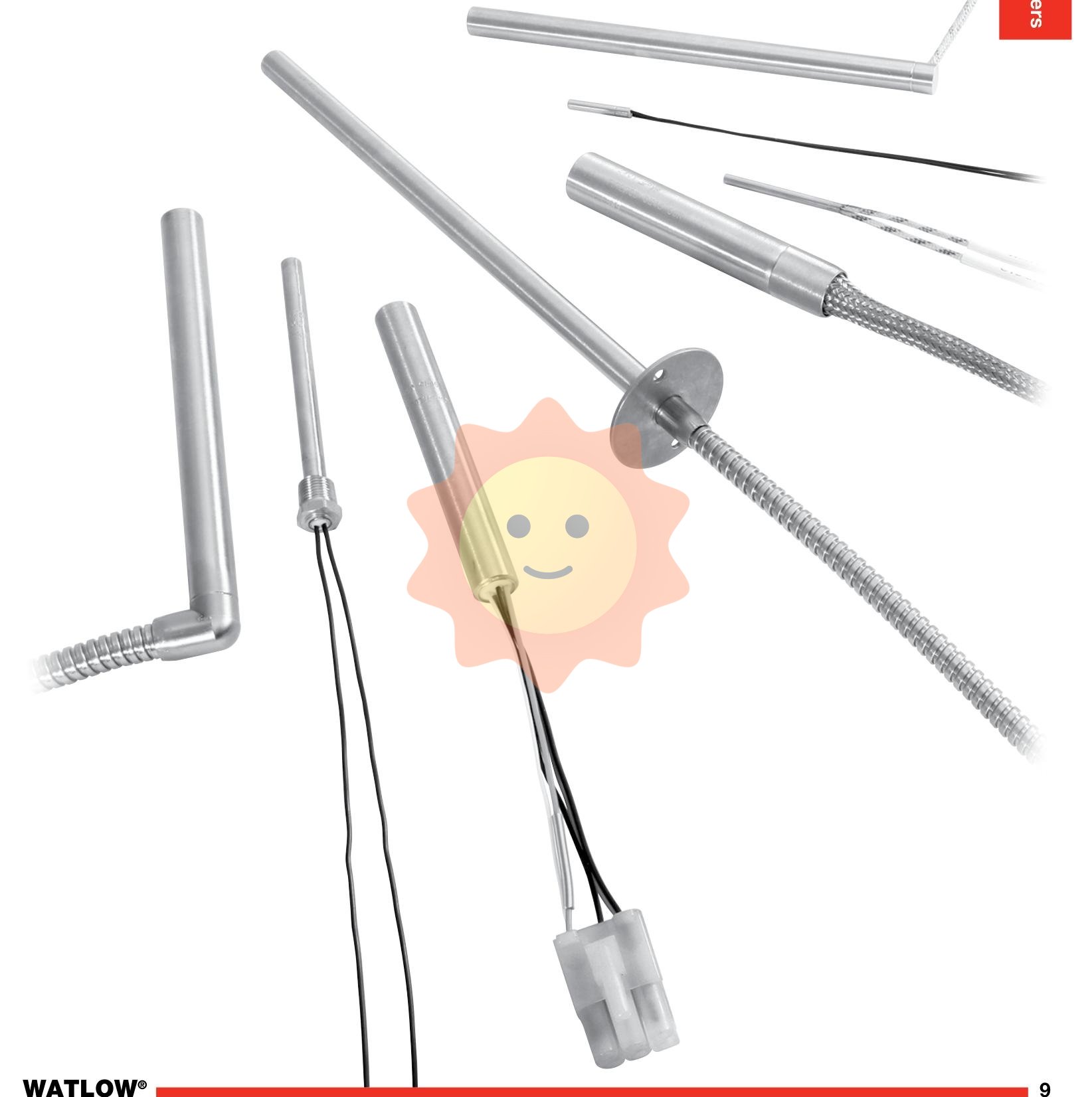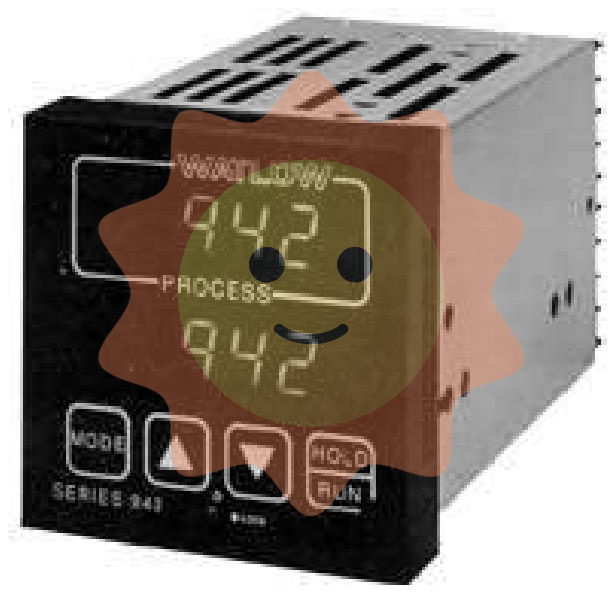ABB PMM 24 Mass Storage Unit PMM 24 H&B Contronic
Basic information
Manufacturer and series: Manufactured by ABB in conjunction with Hartmann & Braun (H&B) and belonging to the H&B Contronic series. This indicates that the mass storage unit is designed for use in systems related to industrial automation and is likely to interoperate with other devices in the same series.
Part number and model number: The part number PMM 24 has a specific role in storage systems as a mass storage unit for storing large amounts of industrial data, programmes or other relevant information.
Dimensions and weight estimate (if not explicitly given): As a general rule for industrial storage devices, the dimensions are likely to be in the region of 15 - 30 cm in length, 10 - 20 cm in width and 5 - 10 cm in height. The weight may be in the range of 0.8 - 2.0 kg. This size and weight allows for easy installation in a suitable location such as an industrial control cabinet or server chassis for data storage.
Performance Features
Storage Features
Storage Capacity and Scalability: As a mass storage unit, it should have a large storage capacity, which may range from a few hundred gigabytes (GB) to several terabytes (TB), depending on its design and configuration. In addition, it may also have some storage capacity scalability, such as by adding hard discs or other storage media to increase storage capacity to meet growing data storage needs. This high-capacity storage capability makes it possible to store large amounts of industrial control programs, equipment operating data, historical records, and backup files.
Storage Media and Data Type Support: Hard Disk Drive (HDD) or Solid State Drive (SSD) may be used as the storage media, or a combination of both. It is capable of storing various types of data, including binary files (e.g., executable files of control programs), text files (e.g., device configuration files and operation logs), and database files (e.g., databases for storing industrial process data). For different data types, it can provide reliable storage to ensure data integrity and accuracy.
Read/write speed and performance optimisation: It has relatively high read/write speeds to accommodate the need for fast storage and reading of large amounts of data in industrial environments. If it is based on hard disc drives, the read speed may be between tens of MB per second to hundreds of MB per second, the write speed also has the corresponding performance; if it is a solid state hard disc, the read/write speed will be faster, the read speed can be up to a few hundred MB per second or even higher, the write speed also meets the requirements of high-speed data storage. At the same time, some data caching technology or storage optimisation algorithms may be used to improve read/write performance and reduce data storage and reading delays.
Interface and Compatibility
Interface type and versatility: Equipped with a variety of interfaces to enable connection with other devices. This may include standard storage interfaces such as SATA (Serial ATA) for connecting hard drives or SAS (Serial - Attached SCSI) for high performance storage connections. There may also be USB interfaces for external device connection or data backup, as well as Ethernet interfaces for networked storage (NAS) functionality or data transfer with other networked devices. These interfaces make it possible to communicate and exchange data with a wide range of devices, such as industrial control computers, servers, data acquisition devices, etc., with good versatility.
Compatibility with systems: It has good compatibility with the Contronic series control systems of ABB and H&B, as well as other industrial automation systems. It can be integrated into the industrial automation system as the main data storage device, and work with controllers, monitoring devices, data acquisition modules, etc. in the system. For example, in a complex industrial process control system, large amounts of real-time data from various data acquisition points are received and stored for subsequent data analysis, process optimisation or troubleshooting.
Reliability and Durability
Hardware Reliability Measures: High-quality internal storage media and electronic components are used to ensure the safety and stability of stored data. For hard disc drives, high-precision head and platter technology is used to reduce data read and write errors; for solid state drives, reliable flash memory chips and controller chips are used to improve the reliability of data storage. At the same time, it may be equipped with hardware features such as redundant power supply and cache protection to cope with possible power failure or data cache loss.
Data protection and fault tolerance: At the software level, it is equipped with data protection and fault tolerance functions. It may support data redundant storage (e.g., RAID technology) to prevent data loss by replicating data to multiple storage locations. At the same time, with error detection and correction capabilities, can automatically detect and repair some of the errors in the stored data, such as through checksum or error correction code (ECC) technology to ensure data integrity.
Environmental adaptability and service life: able to work in a wide range of industrial environmental conditions, the operating temperature range may be between - 10 ℃ and 55 ℃, and has a certain degree of dust-proof, moisture-proof, anti-electromagnetic interference capabilities. In such environments, the service life depends mainly on the wear and tear of the storage media (for hard disc drives) or the write life of the flash memory chips (for SSDs), as well as the ageing of other electronic components. With proper maintenance and use, such as regular data backups, keeping the device clean, and other measures, its service life can meet the long-term needs of industrial applications, e.g. hard disc drives may have a service life of around 3 - 5 years, and SSDs can meet the requirements of industrial use for many years within the limits of their write life.

- User name Member Level Quantity Specification Purchase Date
- Satisfaction :
-









Email:wang@kongjiangauto.com

